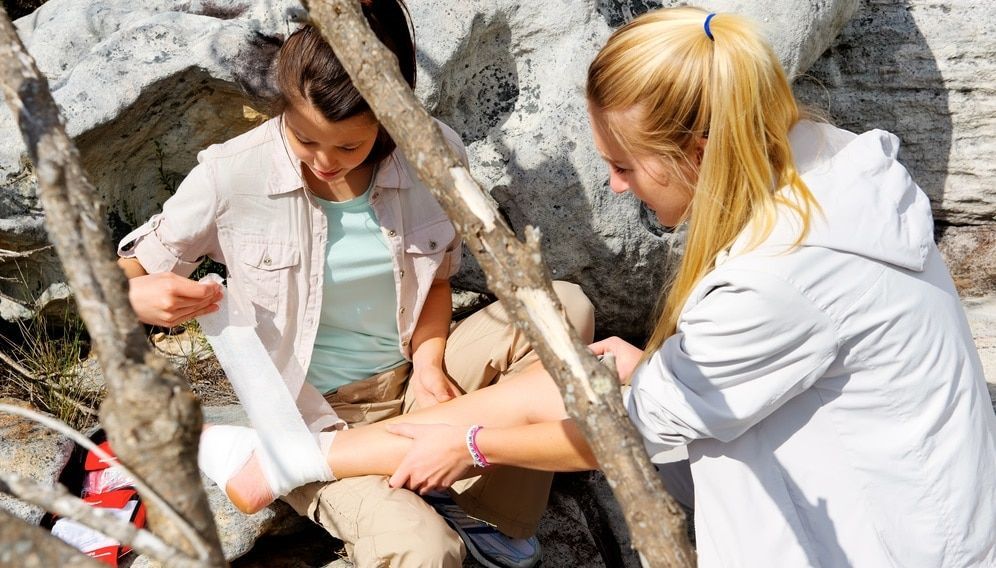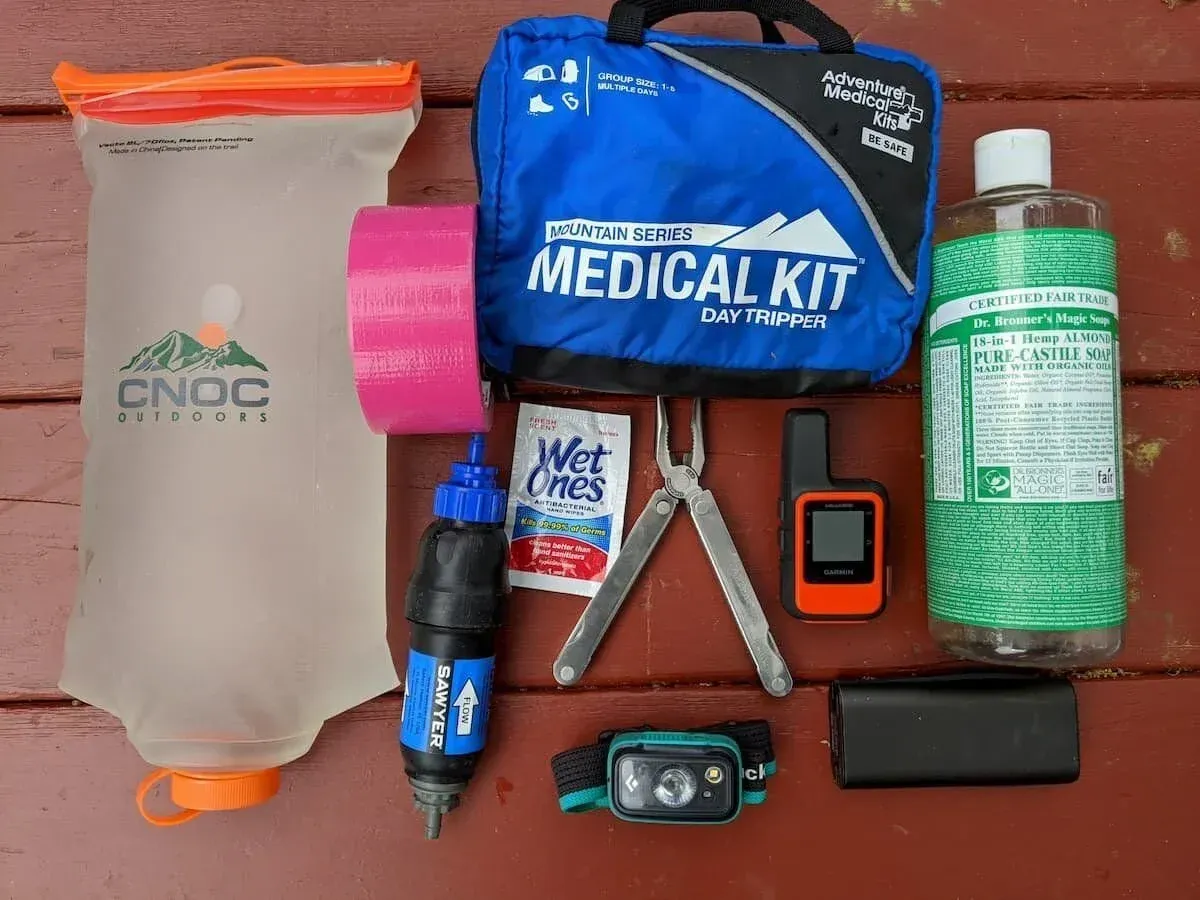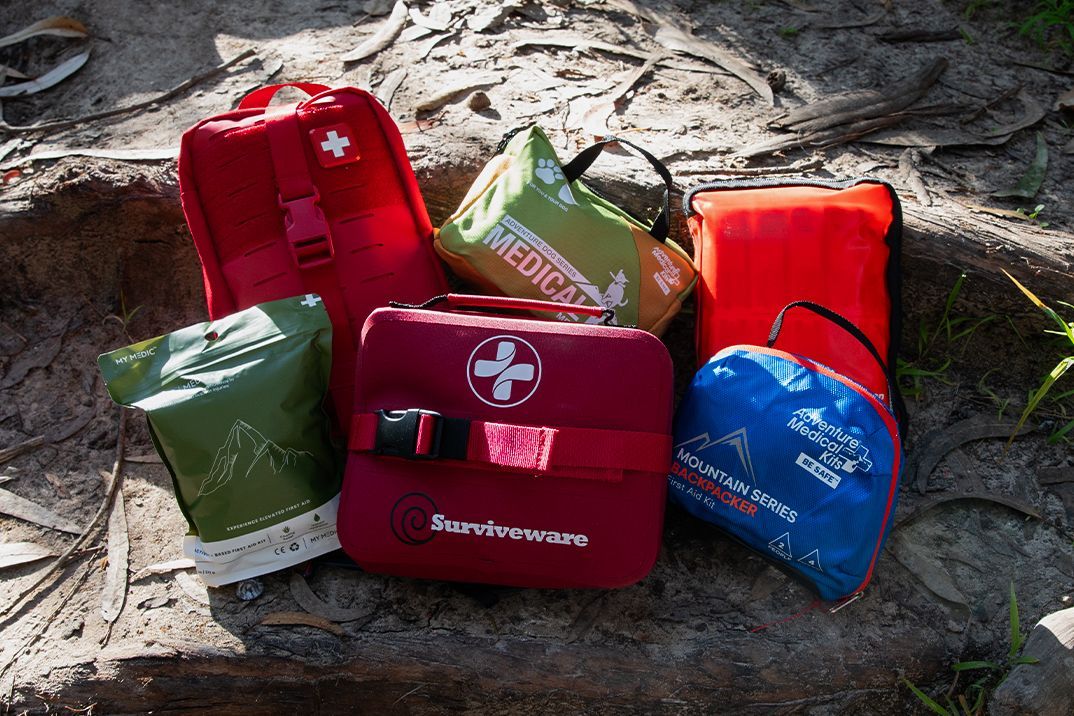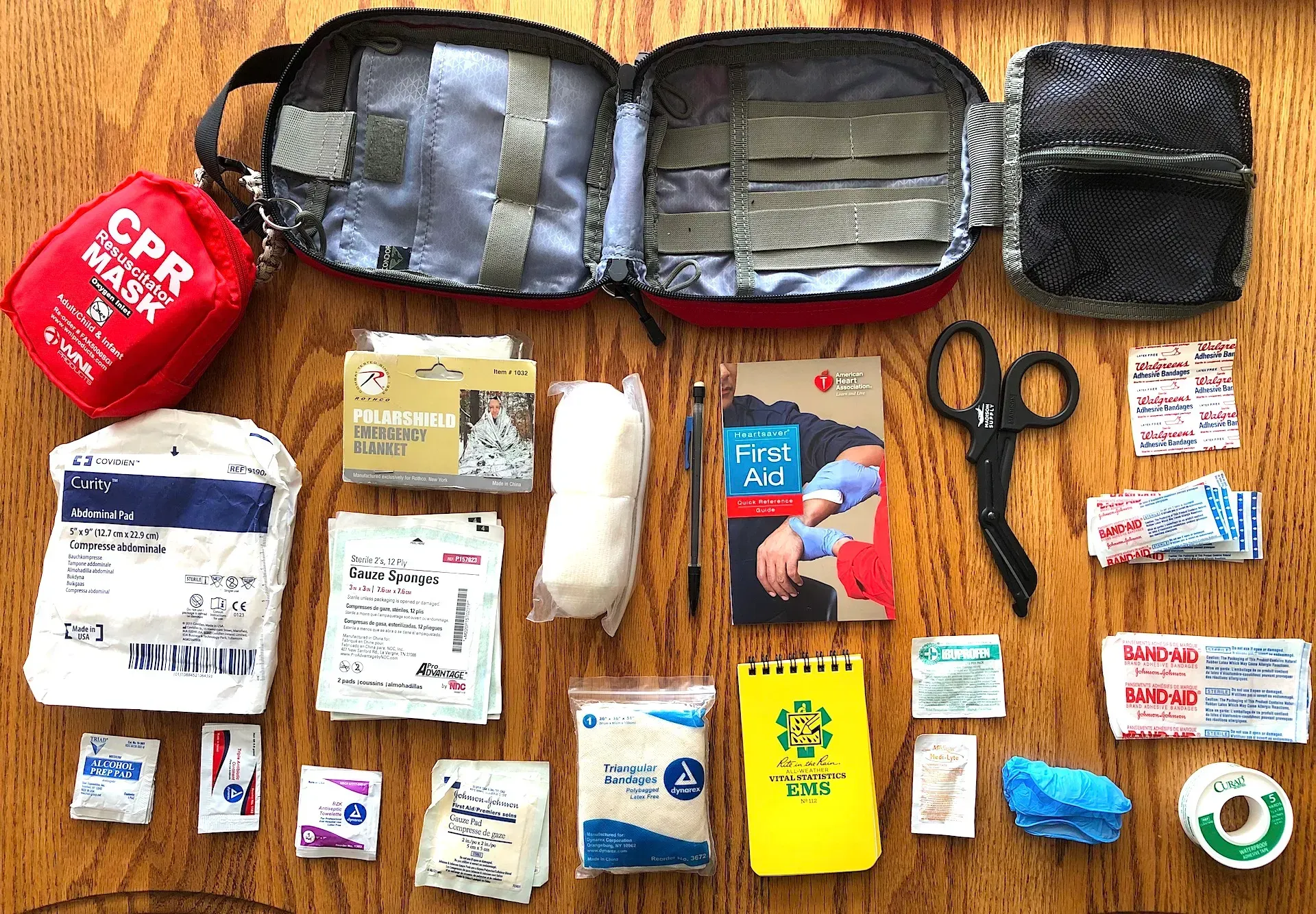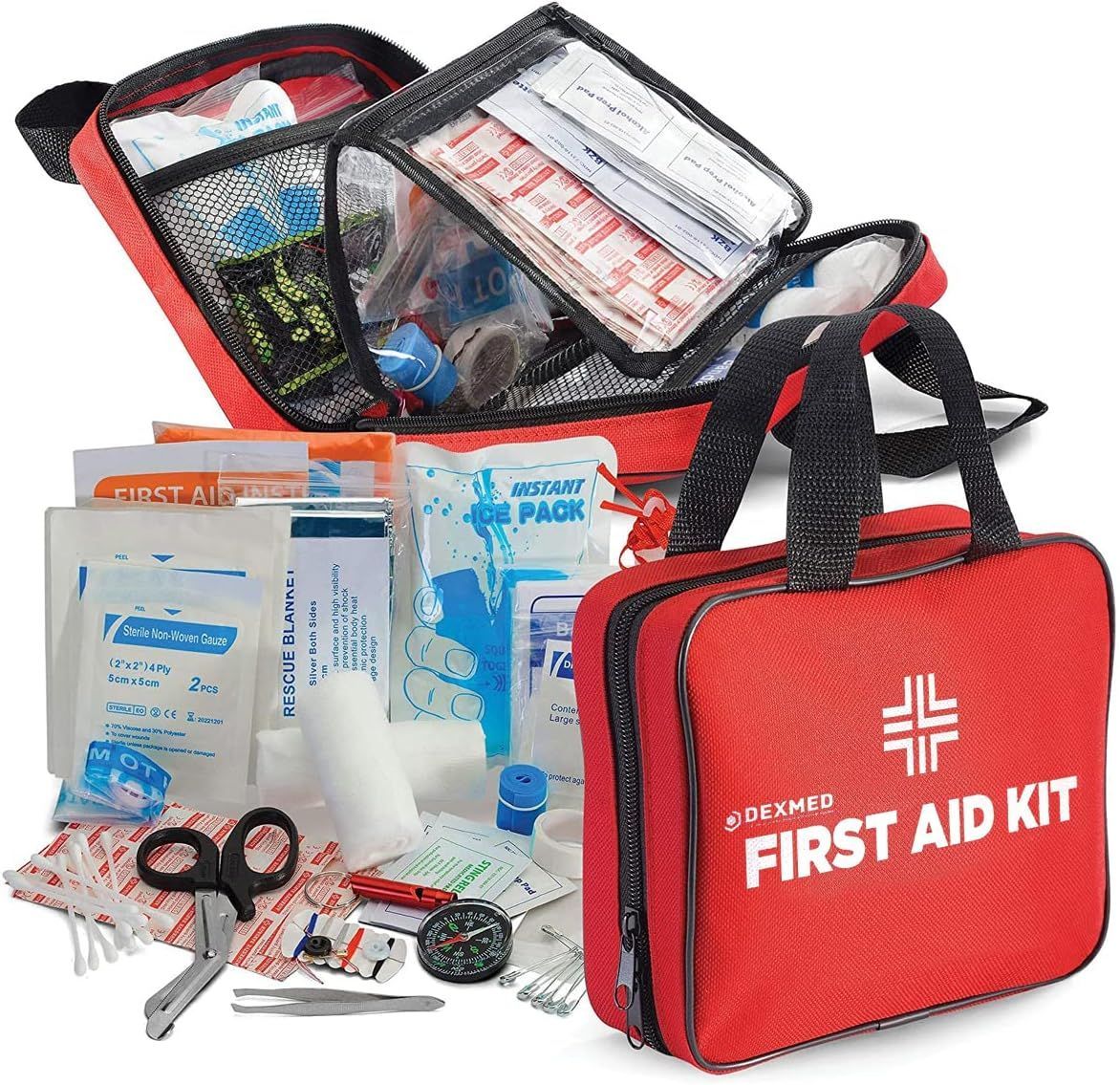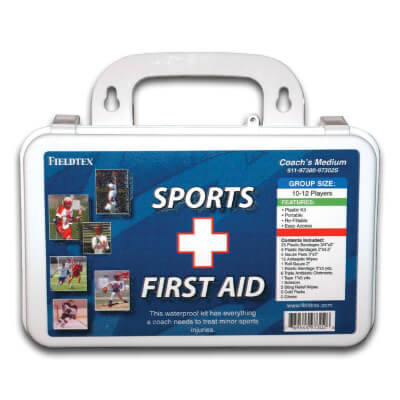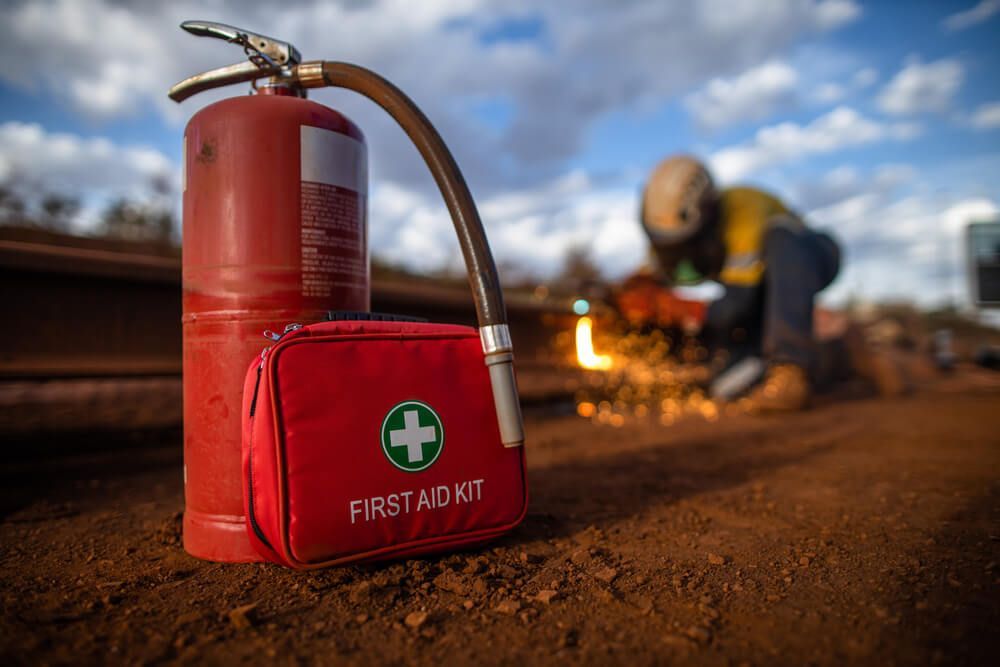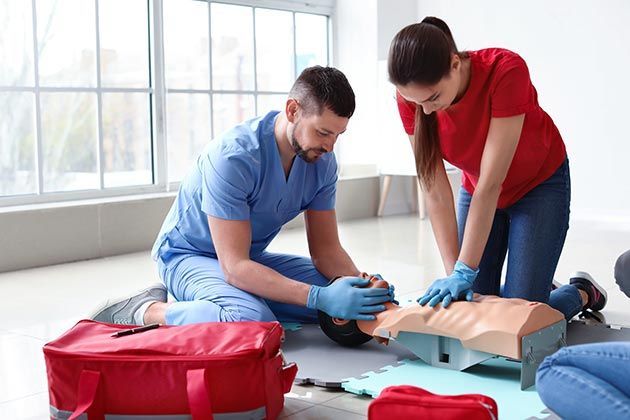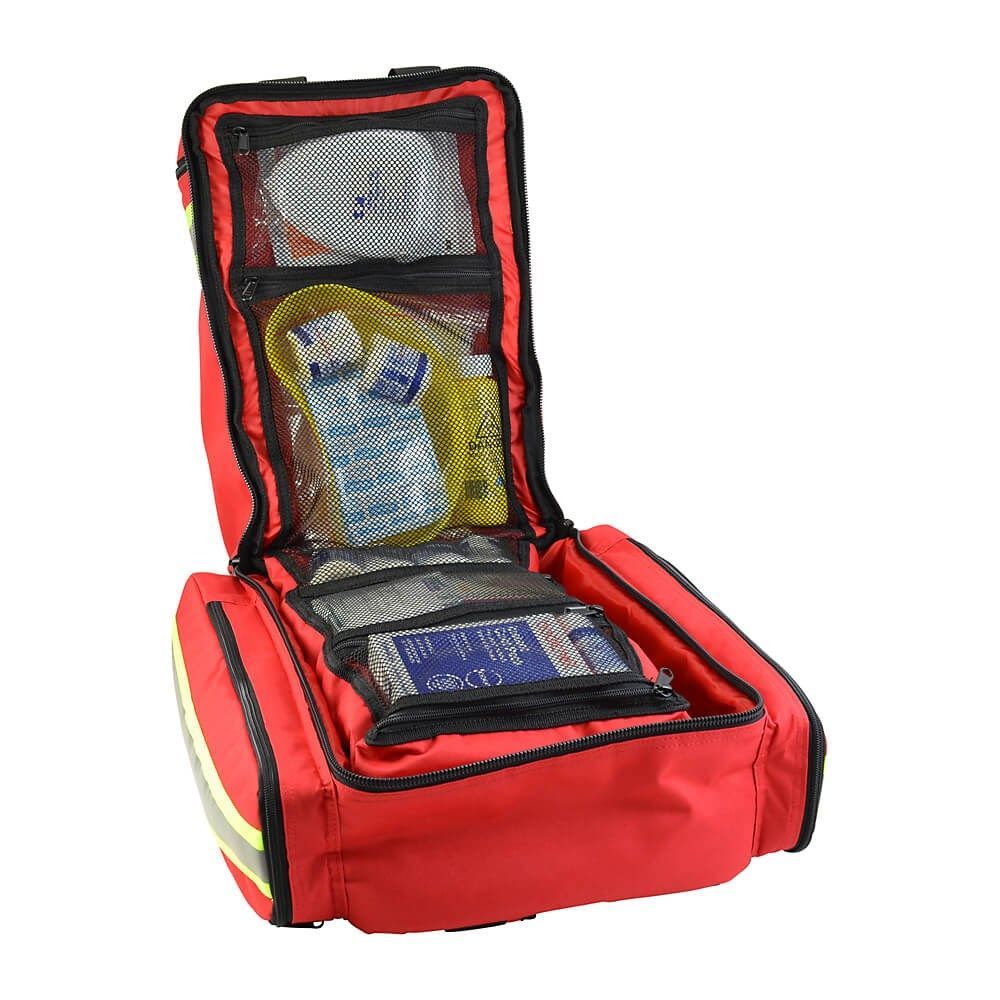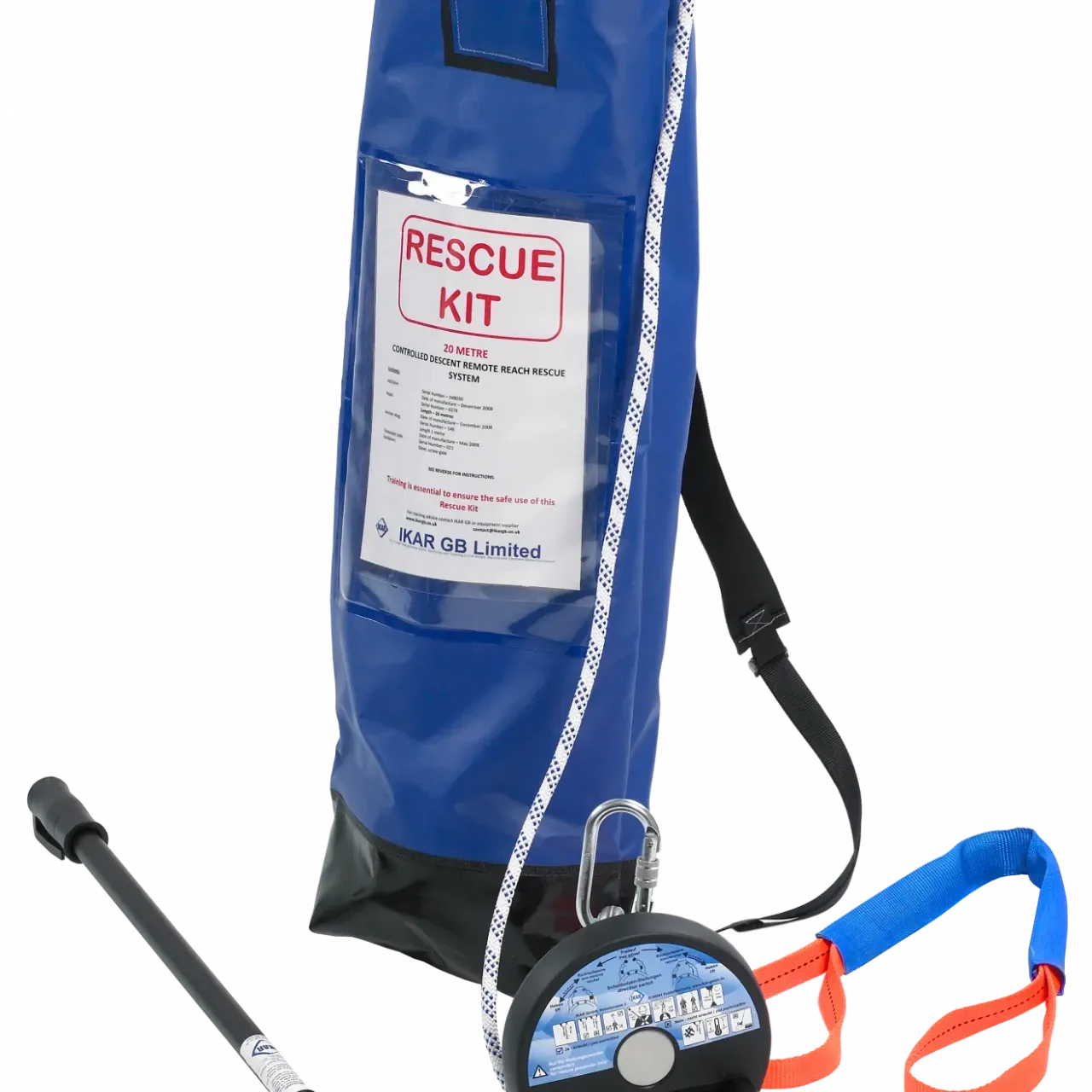Is Training Required to Use the Items in the Kit Effectively?
TL;DR
Yes, training is typically required to use the items in the
Rapid Rescue Kit effectively. While some components may seem straightforward, many tools require specific knowledge to ensure proper use during an emergency—especially under stress.
Can You Really Use a Rescue Kit Without Training?
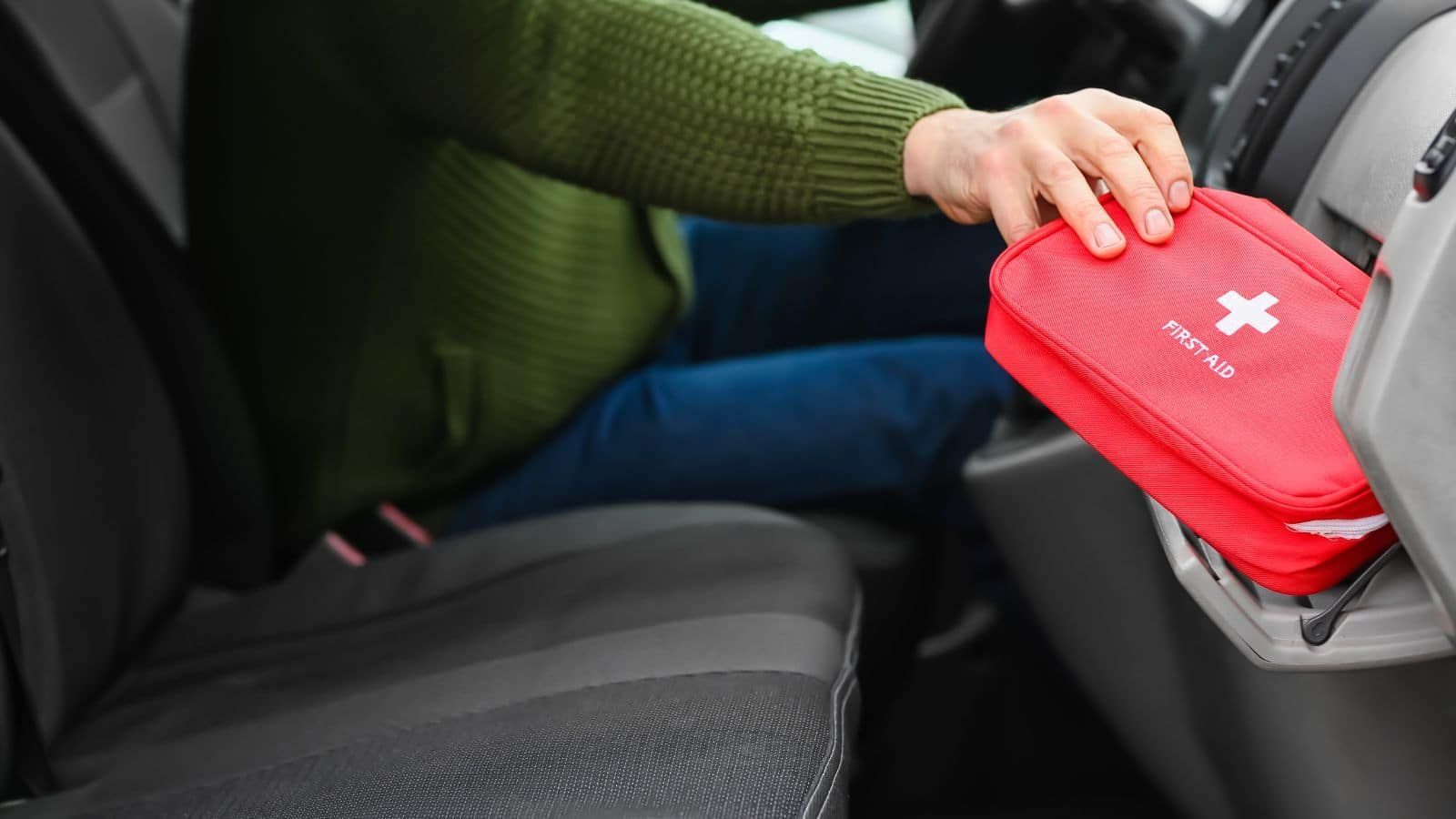
If someone handed you a tourniquet or hemostatic gauze right now, would you know exactly what to do? Most people wouldn’t—and that’s the risk.
Rescue kits like those offered by Rapid Rescue Kit are designed to support emergency response, but effectiveness depends heavily on the user’s knowledge, speed, and confidence in applying each item.
Even tools labeled “user-friendly” still require:
- Proper technique
- Contextual judgment
- Fast execution under pressure
Misusing a medical item doesn’t just reduce its effectiveness—it can make a situation worse.
Let’s explore why training isn’t just helpful—it’s critical.
What’s Inside a Rescue Kit, and What Needs Training?
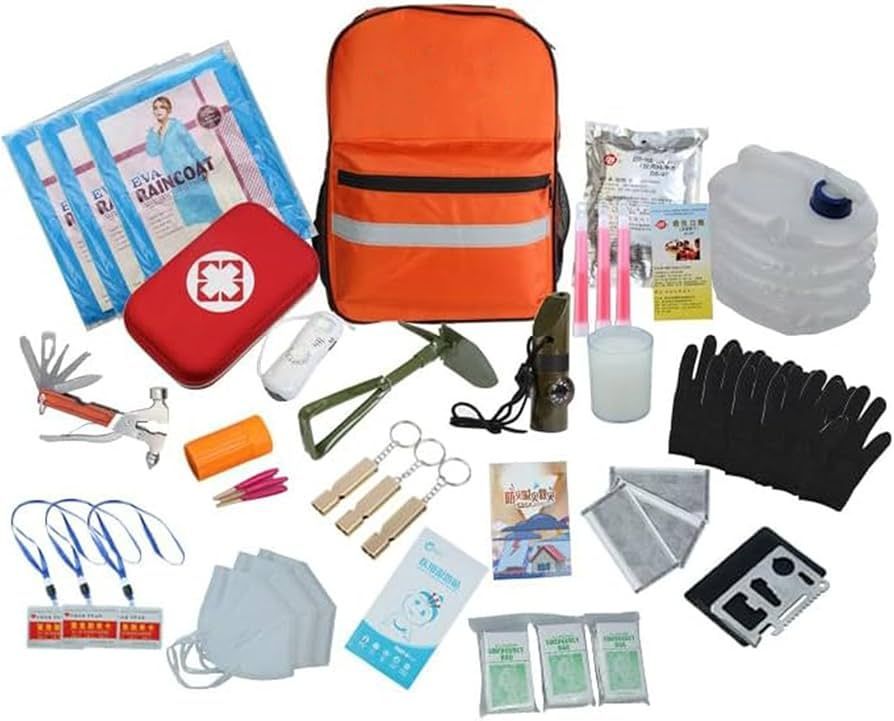
Understanding the differences between various emergency kits is crucial. For a detailed Emergency Kit Comparison, it's important to recognize that while not every item in a rescue kit requires deep medical expertise, many do require familiarity and hands-on practice. Here’s a breakdown of typical categories in kits like Rapid Rescue Kit, and whether training is advisable:
Bleeding Control
- Tourniquets: Require training on placement, tension, and timing
- Hemostatic gauze: Must be packed correctly into the wound site
- Pressure bandages: Need knowledge of wrapping technique and pressure
Training needed? Yes, absolutely. Improper use can worsen bleeding or cause complications.
Airway & Breathing
- CPR mask/barrier device: Best used by someone trained in CPR
- Nasopharyngeal airway (NPA): Insertion requires anatomical knowledge
Training needed? Yes. These are critical tools that must be applied correctly.
Burn Care & Wound Cleaning
- Burn gel, dressings, antiseptic wipes: Generally intuitive
Training needed? Minimal, but knowledge of infection control is useful.
Protective Gear
- Gloves, trauma shears, biohazard bags: Easy to use
Training needed? Not required, but basic safety training helps avoid contamination.
What Happens Without Training?
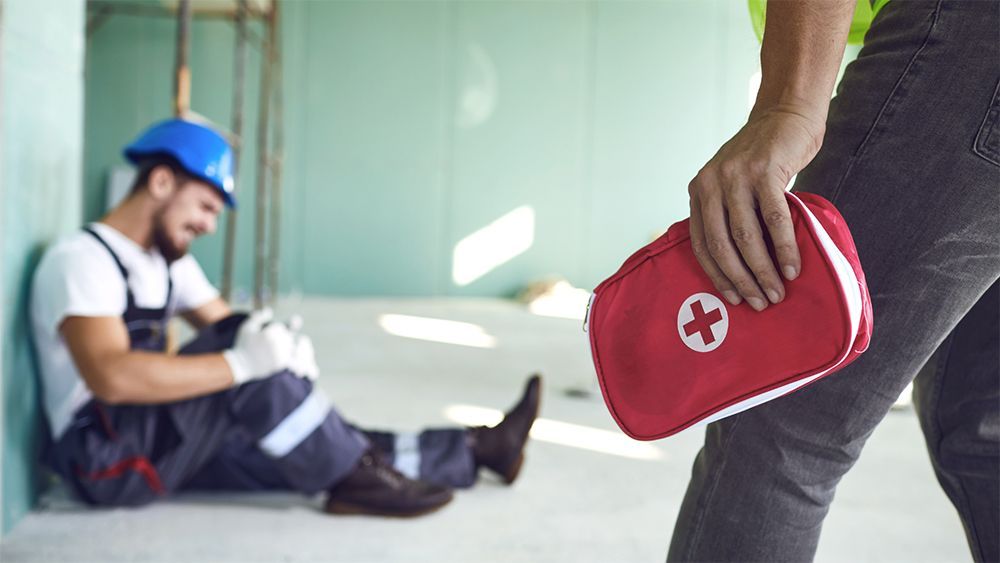
Scenario A: Untrained Use
A bystander applies a tourniquet 3 inches above the wound, but too loosely. Bleeding continues. Precious time is lost while waiting for EMS.
Scenario B: Trained Response
A trained person places the tourniquet 2 inches above the wound, tightens it until the bleeding stops, and notes the time of application.
Result: The trained response controls bleeding efficiently and avoids complications.
Why Confidence is as Important as Competence
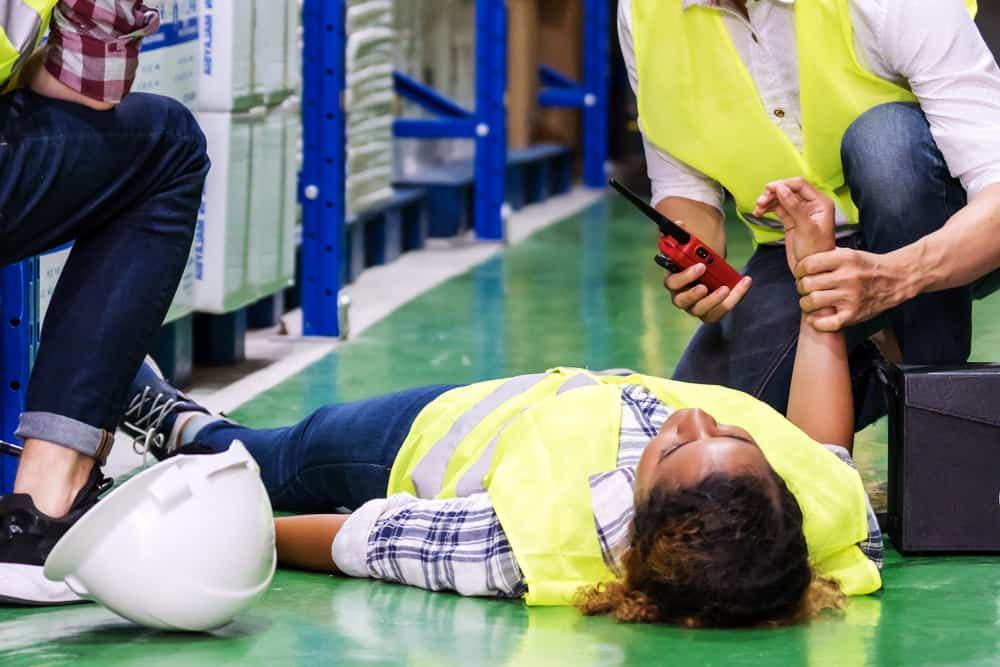
Training doesn’t just teach what to do—it prepares you to act. Emergencies are high-stress, high-stakes situations. Training creates:
- Muscle memory
- Faster reaction times
- Reduced hesitation
- Better outcomes under pressure
Without training, even the best equipment in the world might go unused—or misused.
The Most Common Mistakes Without Training

Here are the errors most often made when someone uses a rescue kit without formal instruction:
- Misidentifying injury type
- Incorrect tourniquet placement
- Packing wounds ineffectively
- Skipping gloves and risking contamination
- Improper CPR technique (or skipping it altogether)
Rapid Rescue Kit encourages users to prepare ahead of time—not during a crisis.
How Training Enhances Emergency Preparedness
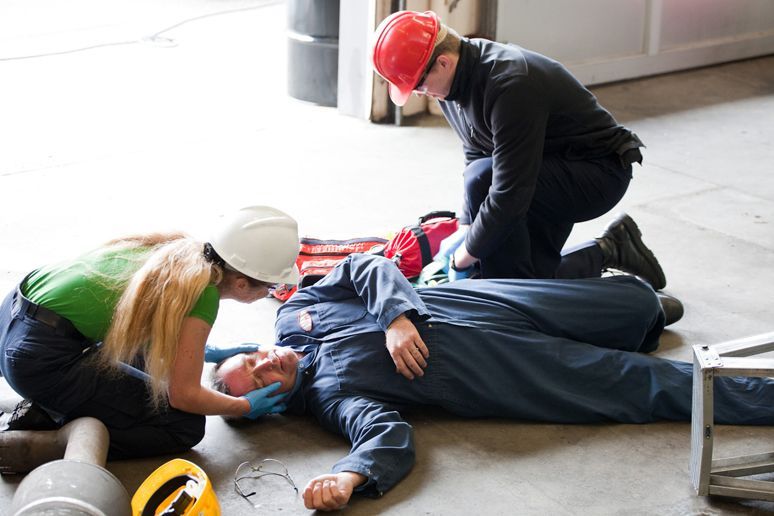
Training transforms a kit from a collection of tools into a life-saving system. Benefits include:
- Proper Item Usage
Understand when and how to use each component - Risk Reduction
Avoid causing harm through misuse - Scenario Familiarity
Practice builds confidence in dealing with different injuries - Legal Protection
Some states offer better Good Samaritan protection for trained individuals
Where Can You Get Training?
Whether you’re an individual or a business, there are accessible options for gaining the right knowledge:
Nationally Recognized Programs
- STOP THE BLEED®
- American Red Cross
- National Safety Council
- American Heart Association
Online Certification Options
- CPR and first aid courses with video demos
- Bloodborne pathogen training
- Trauma response simulations
In-Person Group Workshops
- Ideal for schools, offices, churches, and event venues
Why “Ready-To-Use” Isn’t Always Enough
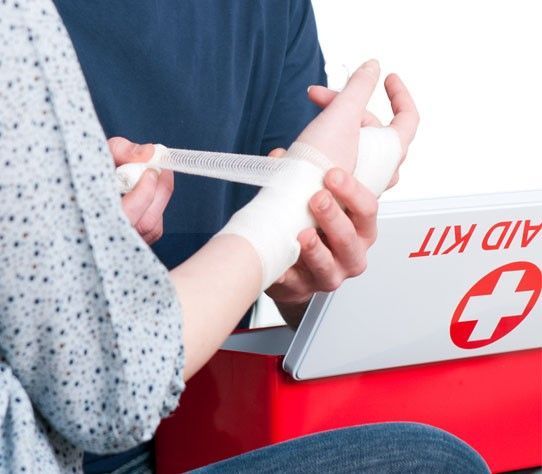
Many kits—Rapid Rescue Kit included—are designed to be intuitive. But no kit can:
- Replace medical training
- Teach you judgment in the moment
- Train muscle memory
That’s why the packaging says “for trained personnel” on many items. It's not legalese—it's a reminder that readiness involves more than possession.
Common Misconceptions That Lead to Problems
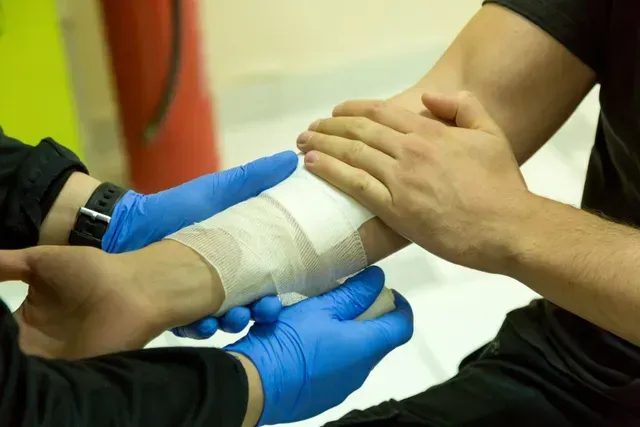
Let’s debunk a few dangerous myths:
“I Can Figure It Out When I Need It”
- In a panic, fine motor skills decline
- Instruction manuals are hard to read under stress
“The Kit is Self-Explanatory”
- It may seem simple until you see it in action
- Visual learning (videos, live demos) is far more effective
“Someone Else Will Know What to Do”
- You might be the
only one available
- Bystanders often freeze without training
How to Make Sure You’re Truly Prepared
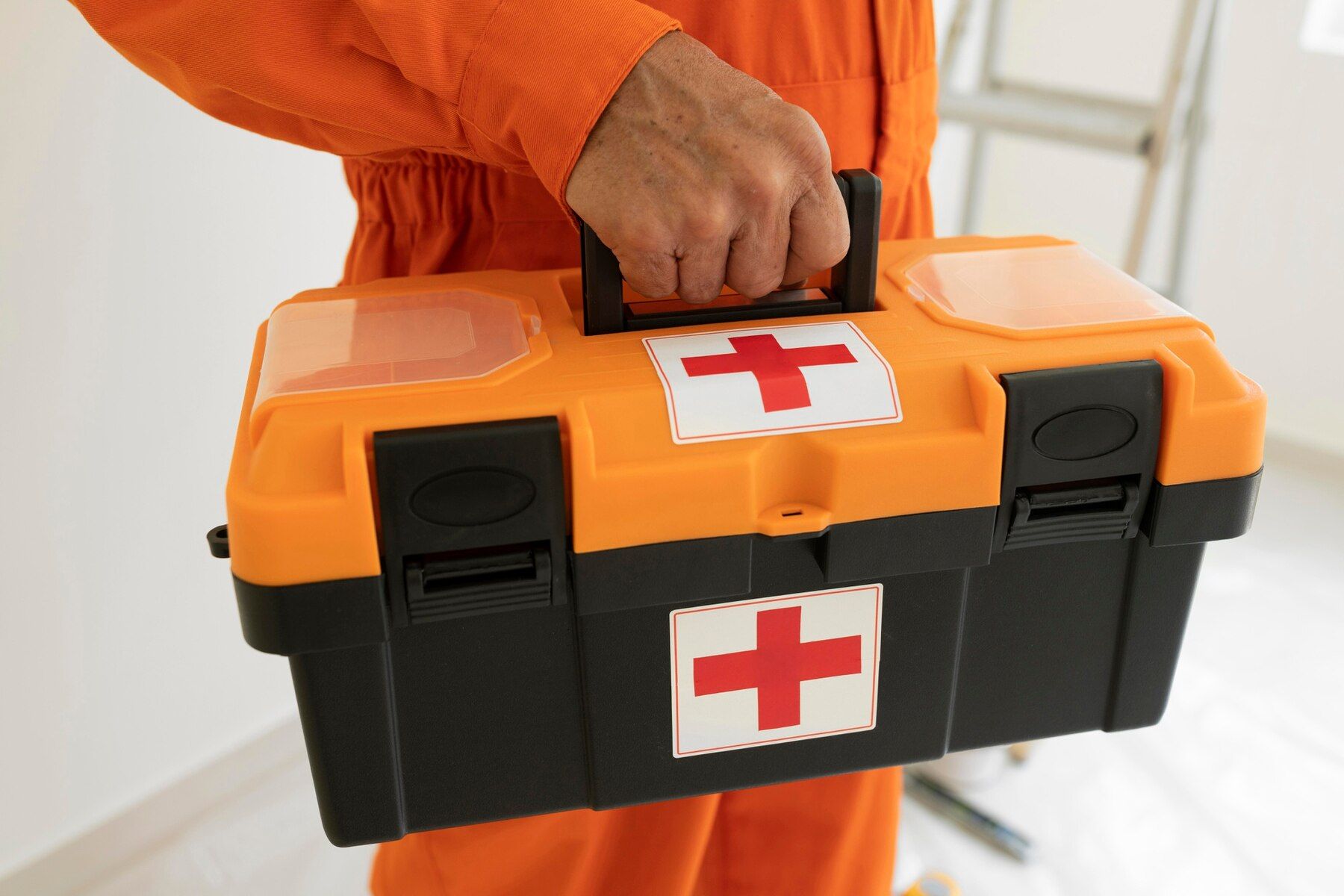
Use this checklist to evaluate your readiness, not just your supplies:
Kit Readiness
- Kit fully stocked?
- Expiry dates checked?
- Items organized for quick access?
User Readiness
- Basic first aid trained?
- Tourniquet & gauze practice completed?
- Emergency contact plans in place?
- Scenario drills conducted?
Team Readiness (For Businesses or Groups)
- Is everyone CPR certified?
- Has the kit location been reviewed in safety meetings?
- Are response roles clearly assigned?
Elevate Your Preparedness Strategy Today
Emergency readiness isn’t about luck—it’s about layers of preparation.
By combining the practical tools in your Rapid Rescue Kit with even basic first aid or STOP THE BLEED® training, you’ll:
- Reduce risk
of improper use
- Respond faster and more effectively
- Feel confident—not panicked—in the moment that matters
Take the next step: sign up for a training course, run a drill, or simply open your kit and get familiar with what’s inside. Being prepared means acting before the emergency, not during it.

